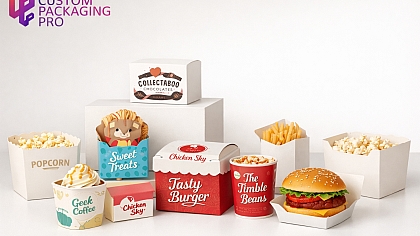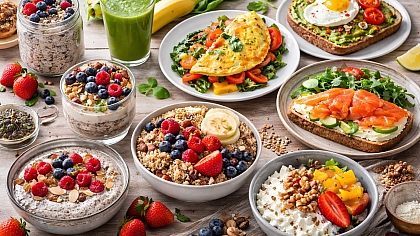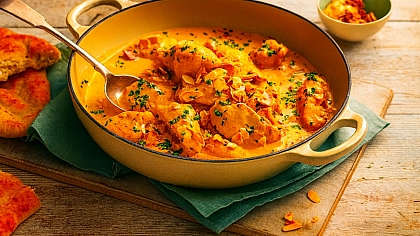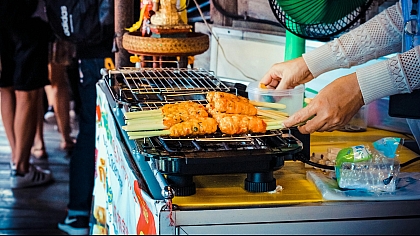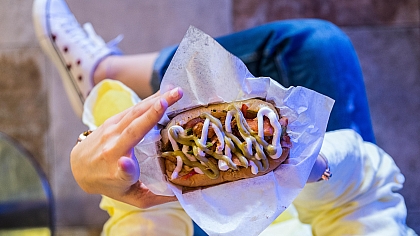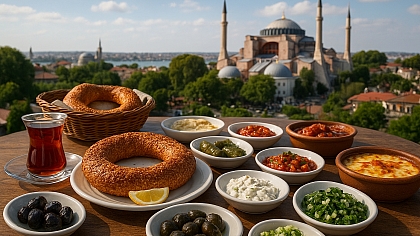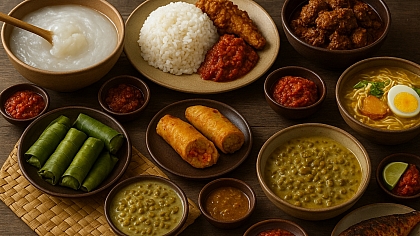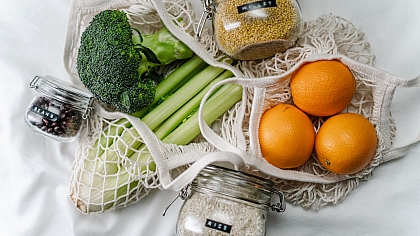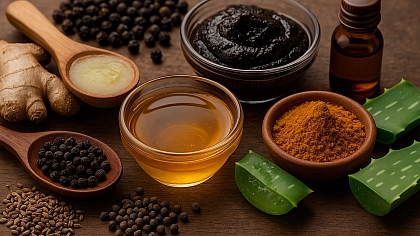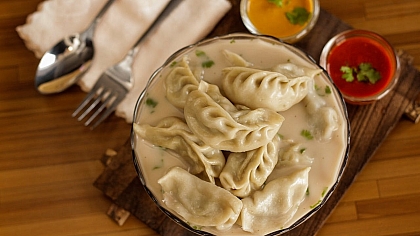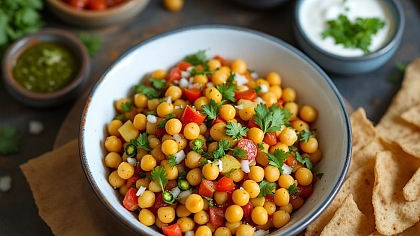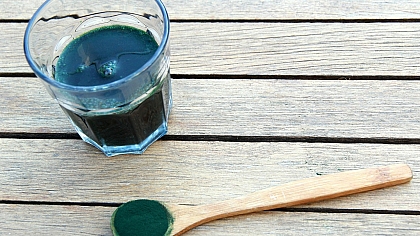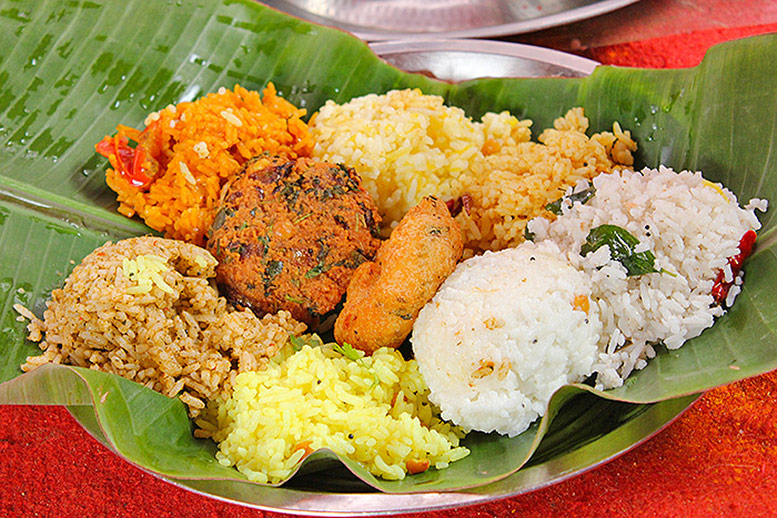
South Asian Food: Sri Lankan Cuisine
Sri Lanka has a rich and ancient history which dates back to the Palaeolithic era (the Old Stone Age) making the country a source of interest for historians and many others.
There is evidence of human settlements dating back to at least 125,000 years ago. Throughout history, its strategic geographical location made it an important trading hub not only used by traders from the Far East but also by European merchants. Some people also believe that the first humans came from the area now known as Sri Lanka.
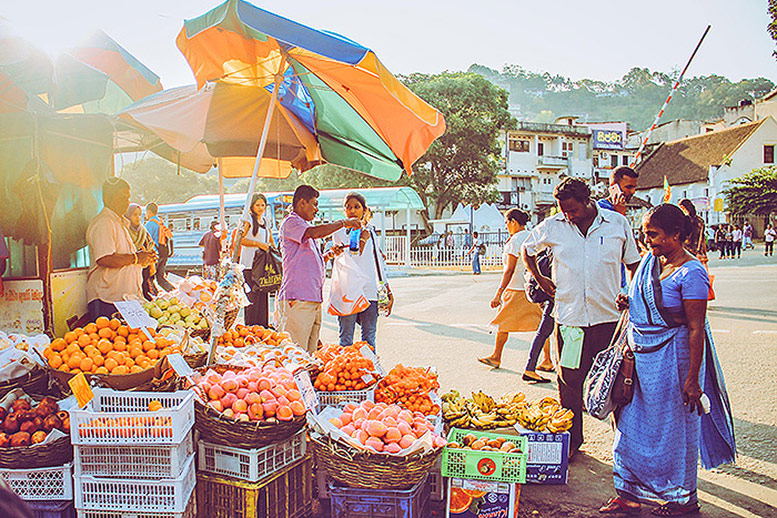
Under the British, the country was known as Ceylon but was changed to Sri Lanka after becoming independent of colonial rule. It is without a doubt that a country with such a rich history of trading and being influenced by many other civilisations would have fantastic cuisine, and Sri Lanka definitely ticks that box.
Here are the top 12 foods from Sri Lanka:
Kottu
One of the most famous Sri Lankan dishes, Kottu, (also known as kottu roti) is as popular to Sri Lankans as the hamburger is to Americans. The dish is prepared by chopping up godhamba roti with eggs, vegetables and a variety of spices; for non-Hindu consumers meat can also be added.
Kottu is a common street dish in Sri Lanka and normally customers are given the option to choose how much of each ingredient they want to be included.
Watalappam
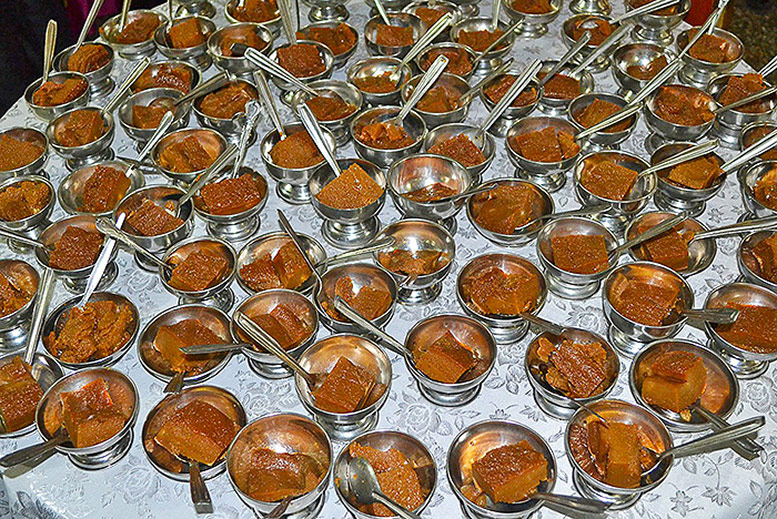
A dish strongly associated with the Sri Lankan Moors, Watalappam is traditionally eaten on Eid-al-Fitr, weddings and other festivals celebrated by Muslims in Sri Lanka.
Watalappam is made from coconut milk, eggs, and cashew nuts and is sweetened with jaggery and flavoured with spices including cardamom, cloves and nutmeg.
Lamprais
A delicacy introduced by the Dutch Burgher community of Sri Lanka, Lamprais is made from various meat curries, plantain, aubergines, chilli paste, shrimp paste, frikadeller meatballs and rice wrapped in banana leaves and baked.
Its name comes from the Dutch word lomprijst which is loosely translated to a packet of food hence the reason that all the ingredients are wrapped into a “packet” of banana leaves.
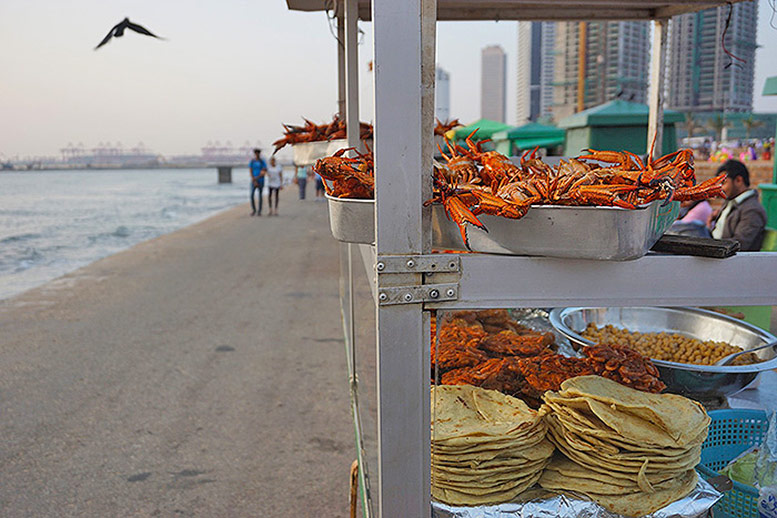
Appa/Idiyappam
Sri Lanka has two versions of hoppers, egg hoppers and string hoppers. Appa or egg hoppers are made from rice flour and coconut milk, which is mixed into a batter making something that resembles a pancake; this dish can be sweet or savoury but the most common way to eat it in Sri Lanka is to crack an egg in the middle.
String hoppers or idiyappam are made from thicker dough and put through a special presser to make them noodle-shaped. These noodles are normally eaten for breakfast or with a curry.
Polos
This is a traditional Sri Lankan curry made using jackfruit and a variety of spices (not to mention coconut milk which is a staple in Sri Lankan cuisine). To make the flavour more intense polos is normally prepared using young green jackfruit.
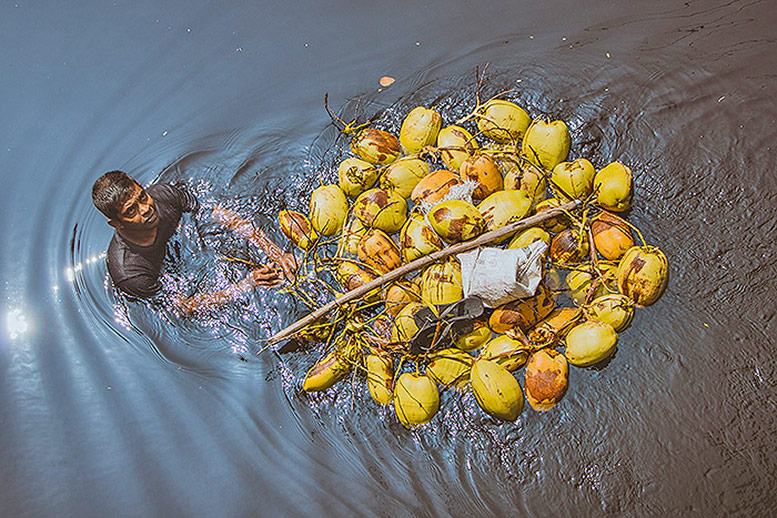
Fish Ambul Thiyal
This is a dry curry dish which is cooked using minimal water allowing the spices to coat the chunks of fish. The fish used, normally tuna is cooked using a large variety of spices and a fruit called goraka which is dried.
The dried goraka gives the fish a sour flavour resulting in the English translation of this dish to be “sour fish curry”. Ambul thiyal is a popular dish in Sri Lanka and can be found in all Sri Lankan restaurants, it is normally eaten with rice.
Vada
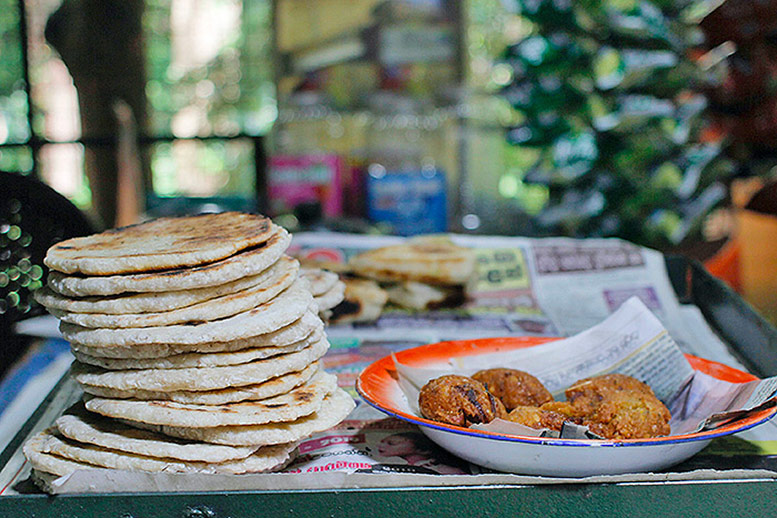
The term vada doesn’t just refer to one dish but a variety of deep-fried fritters that come in many shapes and forms. Vada can be made from legumes or potatoes and the way it is served depends on the region that it is from. In Sri Lanka, vada is served as an accompaniment to a meal with sambar and coconut chutney. Other types of similar fritters include the vada pav from India and the dahi bara from Pakistan.
Wambatu Moju
This is a pickle made from aubergines in the traditional Sri Lankan fashion using a wide variety of spices. Wambatu moju is a mix of sweet, sour and spicy flavours and melts in your mouth making it a wonderful accompaniment to any meal.
Kukul Mas Curry
Most of the South Asian regions have some form of chicken curry with a twist in the recipe that reflects what area it is from and unlike the chicken curries from Pakistan and India, kukul mas is made using coconut milk.
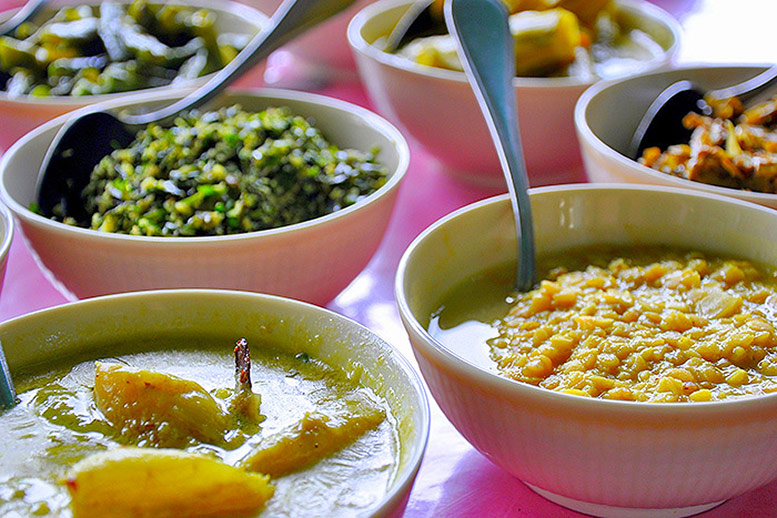
The chicken is normally left in the spices for an hour in advance allowing it to soak up all the flavour, thus giving it an intense and delicious taste. The main similarity between this curry and its Pakistani/Indian counterparts is that is it best enjoyed with a bowl of steaming rice or a freshly cooked hot roti.
The Sri Lankan meat dishes like the kukul mas curry and generally eaten by the Muslims in the country or people of other faiths who do not follow a strictly vegetarian diet.
Wood Apple
One of the most iconic fruits of Sri Lanka is the wood apple which is filled with brown sour paste. The inside of the fruit can be scooped out and eaten but in Sri Lanka, street vendors mix it with water and jaggery and call it wood apple juice resulting in a sweet and sour smoothie that proves to be quite refreshing in a hot climate.
Pol Sambol
Sri Lankan cooking normally contains coconuts in some shape or form and it is only natural that pol sambol, the most popular relish in the country, is made using coconuts. Pol sambol is made using grated coconut, red onions, dried whole chillies or chilli powder, lime juice, salt and sometimes even fish. It is a popular relish and can be served with any Sri Lankan dish, and it normally is!
Kokis
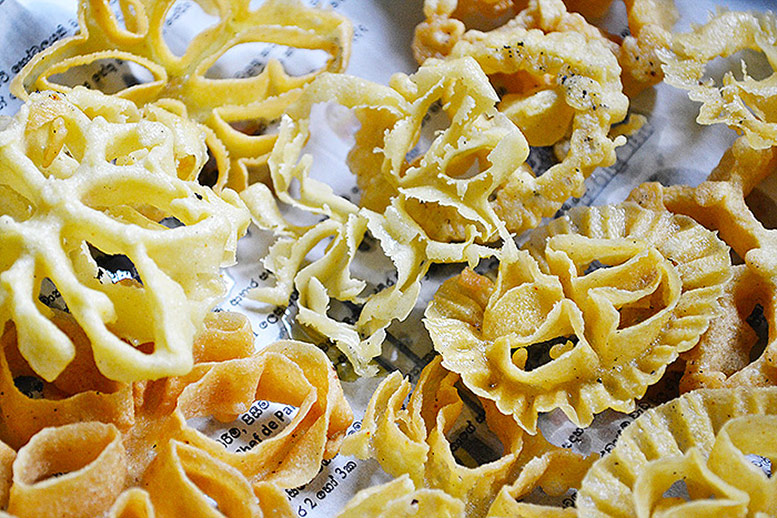
Made from rice flour and coconut milk, these deep-fried snacks are thought to be of Dutch origin even though they are classed as traditional Sri Lankan food. They are commonly eaten during the festivities of the Sinhalese and Tamil New Year.
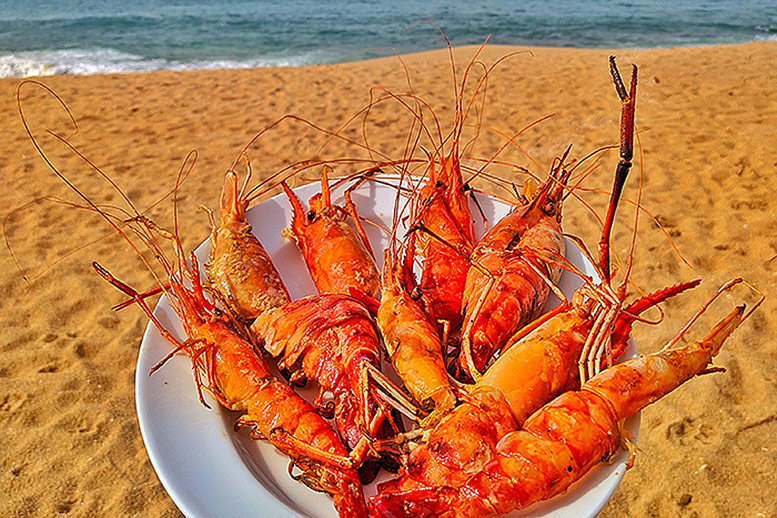
Since it is surrounded by water, Sri Lankan food consists of mostly seafood. The majority Hindu population also means that there are a lot of vegetable dishes available as Hindus can not eat meat (although some still eat fish, seeing it as fruit from the sea).
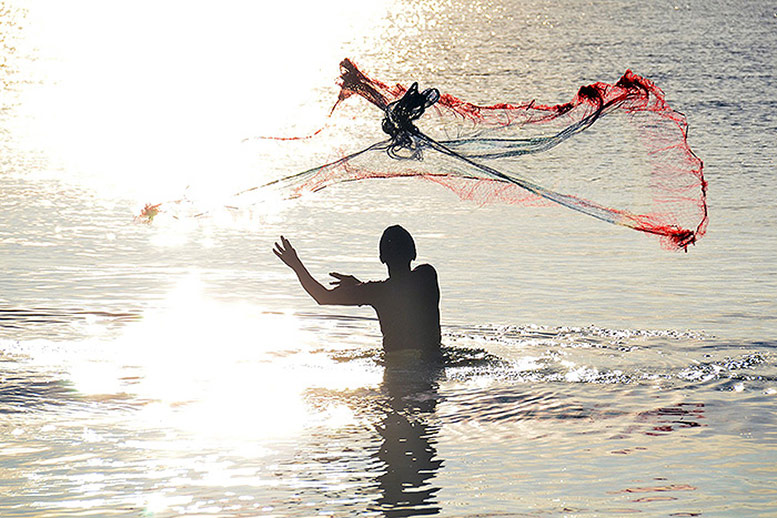
Sri Lanka has a wide variety of seafood on offer including crabs, lobsters, shrimps, oysters and cuttlefish, known as dello to the Sinhalese. The varieties of fish eaten in the country vary between saltwater varieties and river fish; saltwater fish include tuna, seer and shark and river fish include pethiya, lula and kanaya.
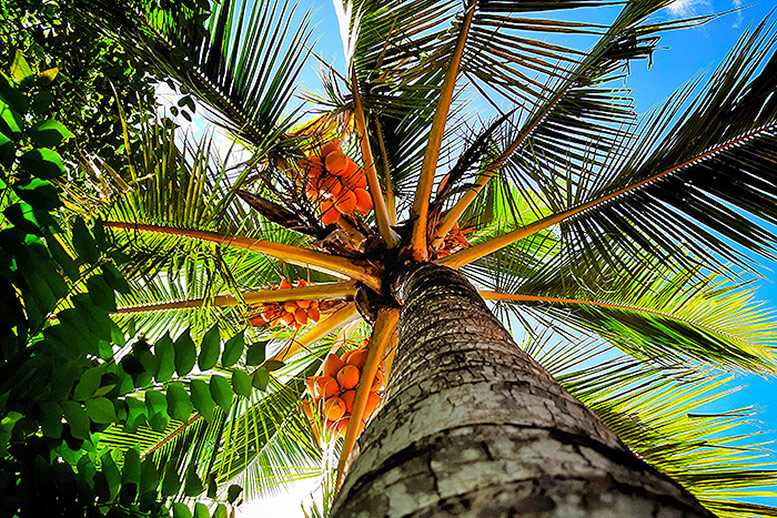
Palm trees are very important in Sri Lanka and are the country’s native tree, the palmyra is used for many things including harvesting coconuts, making jaggery from the sap and using the tree itself for firewood and building huts. There are many more uses for palm trees, and they have played an important role in the lives of Sri Lankans for many centuries.
If the idea of tasty Sri Lankan food has made your mouth water then try making some of these dishes at home as they can be easier to make than you think.
We hope we have inspired you to embark upon an adventurous food journey, whether it involves popping into your local South Indian restaurant or going as far as booking a flight to Sri Lanka and seeing this beautiful country for yourself; you will find that the people there are friendly, there is much to do and see, and of course, don’t forget to try all the fabulous food!

